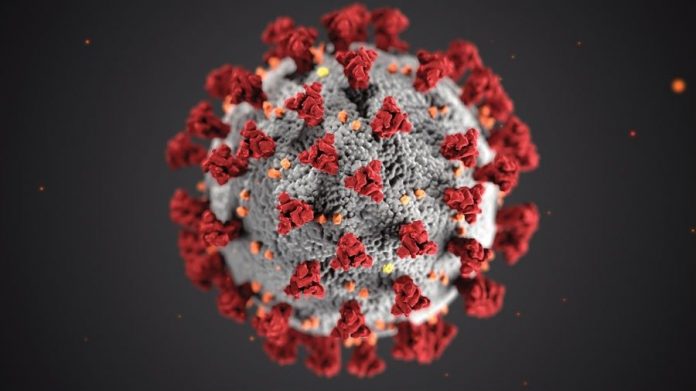
According to the United Nations Conference on Trade and Development (UNCTAD), the coronavirus outbreak could cost the global economy up to US$ 2 trillion (approximately Rs 150 lakh crore) this year. The crisis is, first and foremost, a public health threat, and increasingly becoming an economic threat. The shock from the epidemic will trigger a recession in some countries and will depress the global annual growth to below 2.5%. However, the big question is, could it be even worse?
UNCTAD states in its latest report that the duration and depth of the crisis will depend on three variables – virus spread, a vaccine for the coronavirus, and how effectively policymakers mitigate the damage to our physical and economic health and well-being. However, the uncertainty concerning each of these variables is adding anxiety among people, which is a fourth variable that will shape crisis outcomes.
Impact of coronavirus on India
India is among the top 15 economies most affected by the slowdown of manufacturing in China. The Coronavirus Covid-19 outbreak is disrupting global trade and is likely to depress exports across global value chains by US$ 50 billion (approximately Rs 370 thousand crore).
Raghav Chandra, a former civil servant, told the financial press that due to this epidemic crisis, India is waking up to several unpleasant realities. The country realizes that the most-affected countries are the ones that are tightly integrated commercially with the Chinese economy. He said, “The global value chains (GVCs) will have to rethink their future strategies as well as to rethink their China dependence strategy. As for multinational companies, the biggest challenge will be to navigate the domino effect of the suspension of manufacturing in Chinese plants.”
The coronavirus outbreak has brought China to a standstill, and its impact has been felt across industries globally. According to reports, in 2003, the outbreak of Severe Acute Respiratory Syndrome (SARS) slowed down the Chinese economy by approximately 1%. At the time, China was the sixth-largest economy, accounting for almost 4.2% of the world’s GDP. Now, the Asian giant is the world’s second-largest economy, accounting for 16.3% of global GDP. Therefore, the manufacturing shutdown will impact the global economy in a big way.
According to Shaktikanta Das, governor of RBI, the coronavirus outbreak will have a limited impact on India. Still, the global GDP and trade will be affected due to the large size of the Chinese economy. “Only a couple of sectors in India are likely to see some disruptions. However, alternatives are being explored to overcome those issues.”
India is sourcing raw material for the pharmaceutical sector from China. Most of the prominent Indian pharma companies, according to reports, always keep stock of raw materials for at least three-four months. Therefore, there is an expectation that the supply of pharma raw materials will be maintained. Das also mentioned that Indian manufacturers are trying to develop alternative sources for these raw materials. If they can quickly access raw materials from other countries, then to an extent, the problem of manufacturing will be contained.
Importance of domestic demand and frugal logistics
Rathin Roy, director of the National Institute of Public Finance and Policy, expressed his views in the financial press recently. Commenting on the Coronavirus outbreak and its transitive impact on global economic activity, he said, “The pharmaceutical supply chain has involved India producing generics and exporting these to Europe while importing intermediates from China. India supplies 26% of Europe’s generics and 24% of US generics. But the Coronavirus crisis has meant that India’s ability to produce these generics has been constrained by a bottleneck on intermediate imports from China. This has led to export restrictions on generics, which has caused a supply crisis in the developed world.”
“Going forward, there are two essential things that large emerging economies like India need to consider. First, a growth strategy that is based on meeting a broad-based composition of demand is more resilient than logistics-intensive export-led growth. Second, attention should focus on how to deliver output with less, as opposed to cheaper, or more plentiful, logistics in a quest to better fit in with global supply chains that we now see pose significant risks to economic activity when there are disruptions. Making and doing local with less movement of goods, inputs, and people offers a more resilient growth path,” Roy concluded.











